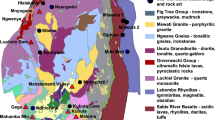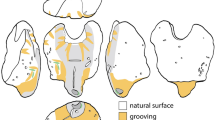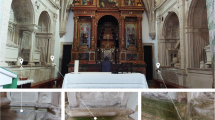Abstract
THE number of NATURE dated June 15 (p. 160) contains some statements relating to the curious stone carvings discovered by Mr. M. S. Valentine in the neighbourhood of Mount Pisgah, North Carolina, and now exhibited by him in Europe. Before leaving the United States, Mr. Valentine brought his specimens to Washington, in order to have them examined by Prof. Baird, the Director of the United States National Museum, and by myself. I am therefore enabled to express an opinion concerning them. Having been for many years in charge of the largest existing collection of North American antiquities, I can safely assert that they are totally abnormal in character, that is, unlike any pre-Columbian stone carvings thus far found in the United States. They neither show the characteristics of the stone sculptures discovered in mounds, nor do they resemble the well known specimens of modern Indian art. In short, they are not typical at all, unless, indeed, we deem them sufficiently, important to form a type for themselves. Such an importance, however, I cannot concede to them, believing that they originated in comparatively modern, certainly in post-Columbian, times, and were made by a few individuals of the Indian, or, perhaps, even of the Caucasian, race. The rude attempts at imitating animals of the Old World are conclusive evidences that the makers either had seen such animals, or knew at least that they existed.
This is a preview of subscription content, access via your institution
Access options
Subscribe to this journal
Receive 51 print issues and online access
$199.00 per year
only $3.90 per issue
Buy this article
- Purchase on SpringerLink
- Instant access to full article PDF
Prices may be subject to local taxes which are calculated during checkout
Similar content being viewed by others
Author information
Authors and Affiliations
Rights and permissions
About this article
Cite this article
RAU, C. The Mount Pisgah (U.S.) Stone Carvings. Nature 26, 243–244 (1882). https://doi.org/10.1038/026243b0
Issue date:
DOI: https://doi.org/10.1038/026243b0



